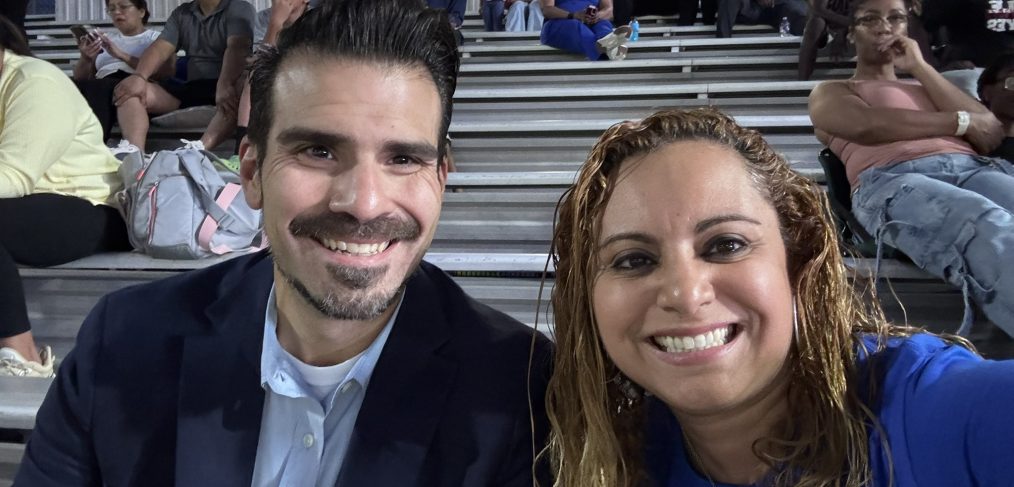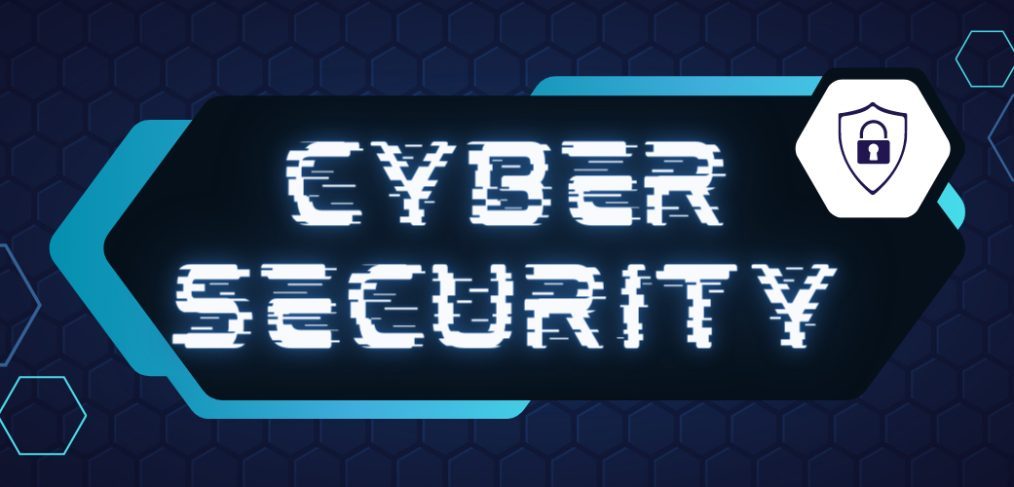One middle school in Pleasant Grove has been proving what girl power can really accomplish since 2016, as Young Women’s STEAM Academy at Balch Springs, an all-girls school, has been accumulating improved ratings and accolades.
The change to an all-girls school was prompted by the need to deal with academic and behavioral issues at the school when it served boys and girls at a time when it was also going through a major rebuild. A transformation to a new model was proposed following the example of Irma Lerma Rangel Young Women’s Leadership School. With support from Lynn McBee, president and CEO of the Young Women’s Preparatory Network, the district launched a parental opt-in pilot program in 2014.
“We were all on the third floor, and it was nothing but classes of all girls,” said Principal Bridget Ladipo, who began her career at Balch Springs Middle School as a seventh-grade science teacher. “Parents had to opt-in to the program, and most did. On the first and second floor we were pretty much co-ed.”
Following the successful results, the school officially became Young Women’s STEAM Academy at Balch Springs in 2016. Since then, the academy, according to Ladipo, has been taking girls where they need to be academically. The school offers comprehensive academic pathways that include an engineering pathway that starts in sixth grade and leads to an engineering certification, an advanced art pathway where students can develop artistic skills and even sell their artwork, and an advanced dance program. Extracurricular activities are diverse, featuring Gir

l Scouts during the school day; UIL competitive sports like volleyball, cross country, softball, and track; and special academic clubs focused on developing skills and talents.
“Most of these girls are going to be first generation college girls,” said Ladipo. “We want to give them the skills, give them the knowledge, and also bring their parents in to collaborate.”
Among the unique opportunities the school provides are college campus visits, conferences with women in STEM, United Way events, and field trips. Additionally, students are required to complete service hours and engage in college and career preparation programs that start as early as sixth grade.
Coach Keenanlan Clemmons, who has been with the school since its original version, said the single-gender model fosters more participation among the girls.
“I’ve been here since the school opened in 2012,
and while I experienced the co-ed model, I love the single-gender environment,” he said. “For me, it’s particularly better on the sports and participation side. We see much more participation from the girls now than we did when the school was co-ed.”
Other teachers, like John Fore, have also noted increased participation, in both sports and academics, since the change. More significantly, Fore has witnessed the girls blossom into confident young women.
“We instill leadership qualities, constantly reminding them, ‘who rules the world? Girls.’ This helps them to blossom into the well-rounded scholar of the 21st century that we know they can be,” he said.
Ladipo remarked that Young Women’s Academy is gradually expanding into a full high school. Since last year, the school began its high school expansion by adding one grade a year and will see its first graduating class in 2028. Ladipo added that teachers are actively receiving training to support the high school level curriculum.
“We want to slowly but surely ensure that the needs of our students are being addressed,” Ladipo said. “
We want to develop our teachers to ensure that they have the skills to teach our high schoolers.”
To foster sisterhood and camaraderie, Young Women’s groups girls into four houses named after Greek and Roman goddesses—Gaia, Aphrodite, Artemis, and Athena—and representing specific values like leadership, perseverance, and wisdom. Ladipo notes this structure creates friendly competition that encourages students to excel. House assignments for both team members and students are determined by an escape room challenge, and each house competes in academics, service, and other activities to earn points. The house with the highest number of points is selected as the winner at the end of the academic year.
“The houses are named after goddesses because these figures symbolize power. Each house embodies a different value that mirrors our core principles: growth, innovation, responsibility, leadership, and service,” Ladipo said.
The young girls who graduate from this school are consistently advanced in mathematics, more likely to participate in class, and often jump straight to varsity sports in high school, according to Ladipo.
“Even with academics, we consistently hear feedback from our feeder high schools that our girls are often far more advanced in math and use their voice more confidently. Once they return to a co-ed setting, they are far more likely to speak up and answer questions in class,” said Lapido.
Clemmons said that Young Women’s is a passport to the world. Here, girls don’t just learn—they prepare to lead, innovate, and change the world.
“If we could tell the girls one thing, it’s this: Young Women’s STEAM Academy is your passport to the world,” Clemmons said. “When you leave us, you will be prepared for life, whether that’s through academics, athletics, or essential leadership skills. Every student who comes to this school leaves with a valuable foundation for success.”
To learn more about Young Women’s STEAM Academy at Balch Springs attend Discover Dallas ISD on Saturday, Nov. 1, at the Automobile Building in Fair Park.





 Being a middle school counselor can be a juggling act between providing social-emotional support and academic guidance to students at challenging ages, but Yolanda Sims, counselor at Piedmont G.L.O.B.A.L. Academy has mastered the task.
Being a middle school counselor can be a juggling act between providing social-emotional support and academic guidance to students at challenging ages, but Yolanda Sims, counselor at Piedmont G.L.O.B.A.L. Academy has mastered the task. safe person to talk to, students will often reveal they are having a hard time understanding but are too shy to say so in class. She’ll act as a buffer. Sometimes, there are external factors, and she will work with the school’s parent support specialist, Daniela Alaniz, to find resources.
safe person to talk to, students will often reveal they are having a hard time understanding but are too shy to say so in class. She’ll act as a buffer. Sometimes, there are external factors, and she will work with the school’s parent support specialist, Daniela Alaniz, to find resources.



 While academics are central to the student experience, the school emphasizes personal growth and character development. Through their leadership program, Haynes Global Prep prepares students to become emotionally intelligent decision makers who hold themselves and others accountable, she said. This signature program encourages students to model the character and values of the school’s namesake.
While academics are central to the student experience, the school emphasizes personal growth and character development. Through their leadership program, Haynes Global Prep prepares students to become emotionally intelligent decision makers who hold themselves and others accountable, she said. This signature program encourages students to model the character and values of the school’s namesake. 



 careers.
careers. After Long, Rodriguez moved to Woodrow as Advanced Placement coordinator. Last year, she was part of the team that managed the school’s P-TECH program and testing. She also worked with seniors enrolled in Texas College Bridge courses to make sure they were current in their classes, that they were taking college-rich courses, and that they were taking the necessary college exams. She also helped establish impactful partnerships that would help students find careers, helped them apply for scholarships and internships, and got them into summer programs.
After Long, Rodriguez moved to Woodrow as Advanced Placement coordinator. Last year, she was part of the team that managed the school’s P-TECH program and testing. She also worked with seniors enrolled in Texas College Bridge courses to make sure they were current in their classes, that they were taking college-rich courses, and that they were taking the necessary college exams. She also helped establish impactful partnerships that would help students find careers, helped them apply for scholarships and internships, and got them into summer programs.




























